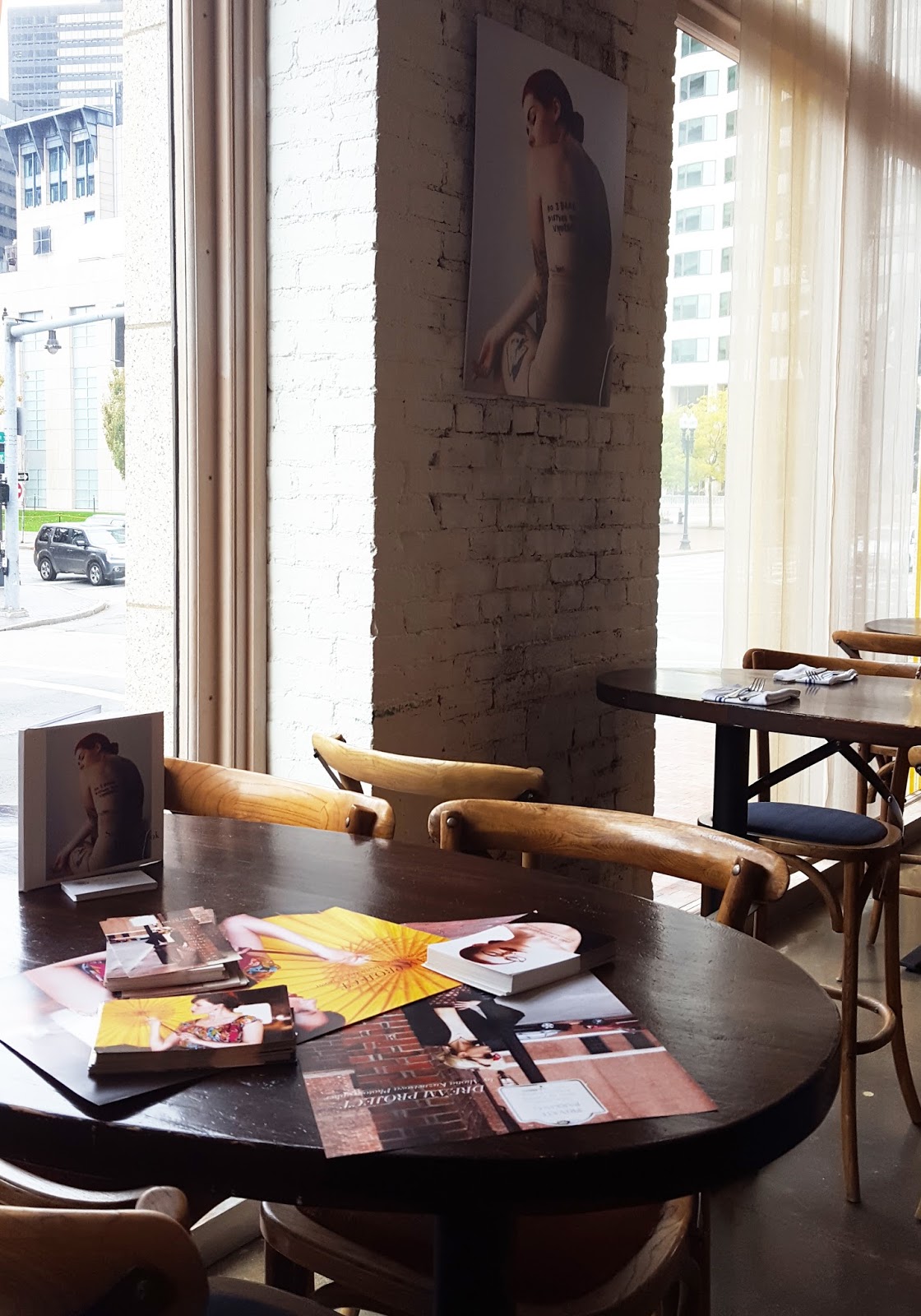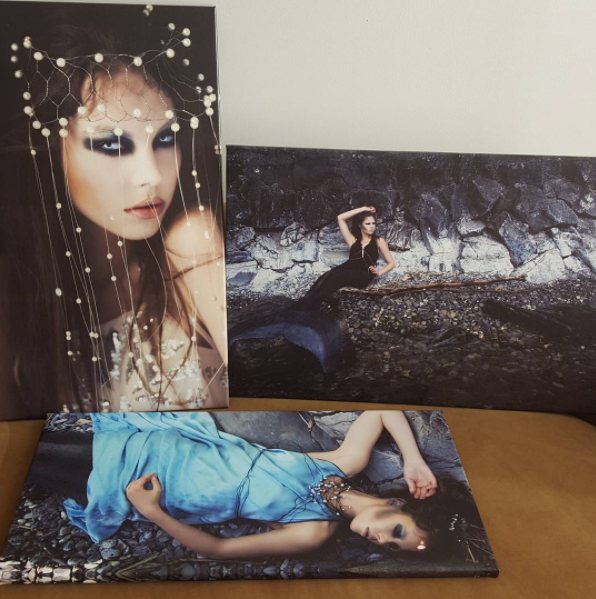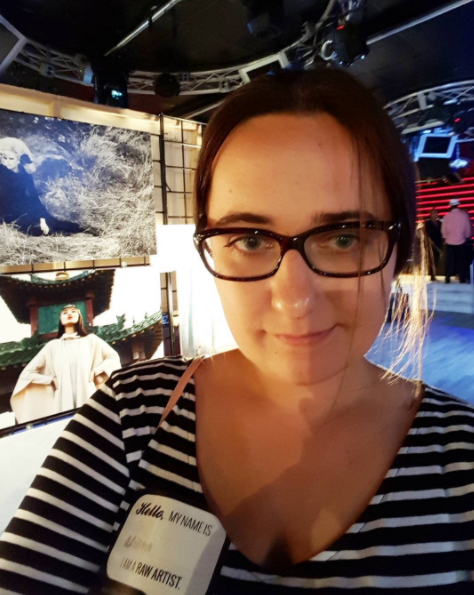I wrote a lot some time ago about my Dreams Exhibition here in Boston and today I realised I didn't say anything on how it went. So, 5 lessons learned from Dream Exhibition and By The Sea exhibition in La Voile that followed.

1. Start early (and expect tons of work).I think my biggest lesson was that organising exhibition is a full time job. Unlike for example organising an international photo-project. Initially I expected to get by with a few letters here and a few messages there and couple of personal meetings too, but (especially a month prior to the exhibition) I was doing only exhibition stuff all day long. Also when you schedule your deadlines, be aware of the time it will take a venue to do their part. In La Voile it took 3 hours for the owner to decide to host my exhibition, in the Trade it took almost 3 weeks. You need to be flexible..

2. Study the venue.How many people are visiting your venue a day? Which days? Which time? At that time, what is the lighting situation? Is it enough light (often closer to the night venues dim lights significantly)? If there is not enough light, will your works have separate lighting? At what time is it better to do the reception - do you want the cafe to be more or less empty during reception, so you can invite a lot of guests or do you want it to be busy? Is it a dinner time? Is it after work beer time? Don't make assumptions - go study your venue and ask your key guests what they would prefer.

3. Perks are important.Alright, your best works are selected, printed, hanged; you put on your fancy clothes, took a pile of your business cards, printed the art statement and prepared a short thank you speech just in case. Is that all? Try to look at the event with the eyes of a visitor, how do you imagine before, during and after?
Before, in the description of the event, it makes sense to write "Come have a drink, check my art and join the conversation.." and not "Come join me" or "Come check my art" or "Come listen to what I have to say" - you got the idea. Then if it's "Come have a drink", it would be better if a welcome drink will be included. In the Trade, the restaurant offered a welcome drink and free snacks during the first hour - not only people were pleased, they also were mentioning it as a fancy gathering afterwards (and of course they mention the cafe itself a lot).
Besides food :) I made a small book about the series which I presented at the opening. I had just one and people had to wait to get their hands on it. I had a mailing list of the people who would like to have this book. Then I had 3 posters - one for each model who was present at the opening and I had 3 different kinds of postcards that models could sign for visitors. Postcard is a thing that people will bring home and show friends, the book gives a story to tell while showing a postcard.

4. Invite them all!What was really surprising to me at my first reception - many people don't show up, sometimes even if they told you they would at the morning of reception day. So it's a good idea to ask the venue, how many people they can host and then invite 2 times that amount. Because it will be a rain, or snow, or cold, or hot, or people would put the wrong day in the calendar, or just will be too tired.
Inside your long list of invitation it's good to have two shorter lists: people who were involved in creating the pieces (models, MUAH, stylists, assistants) and people in the industry who you need to know about your success. For the first list - make sure they will know all the details first and they will be able to invite friends from their side. For the second list - if the person didn't manage to come to the opening, make sure to meet with him/her at the venue at one of the following days, while your work is still there.

5. Don't make people guess.When coming to the restaurant, how often do you pay attention to the pictures on the walls? Well, if those are good pictures, maybe quite often. But how often do you wonder who are the author, what is the story behind the series and if you can buy one of the works? Rarely. And then if you do wonder, how often would you ask waiter about that? And how often will they know the answer? Almost never. That's why as an artist you want to have your name, the work's name and price (if for sale) be written near the picture - this is the only way to actually get rid of your prints/works, ever :)
